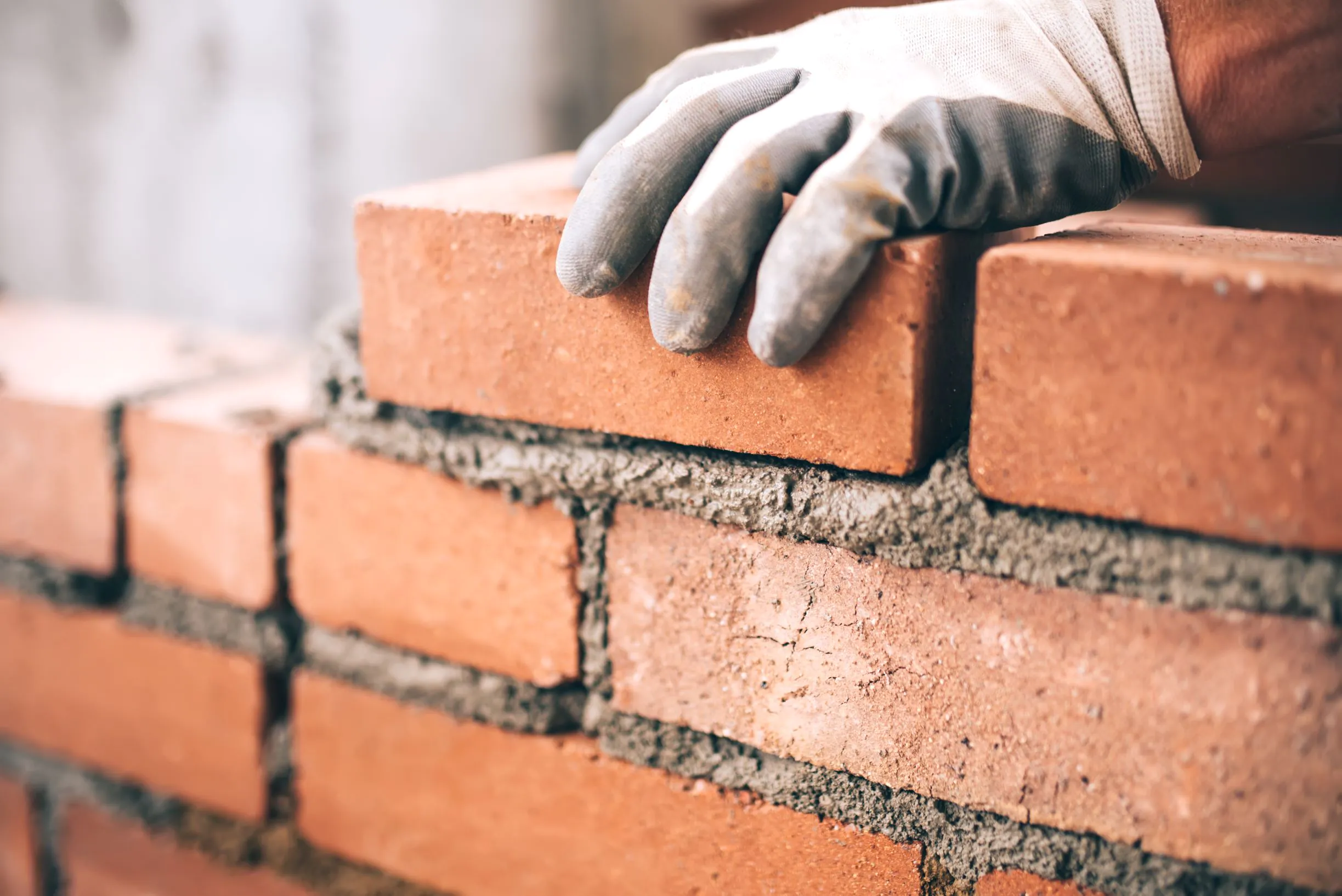
Image Source: Google
Brick is a durable and visually appealing material commonly used in home construction. However, over time, bricks can deteriorate due to various factors such as weather, age, and poor maintenance. Understanding the causes of brick damage and knowing how to address it is essential for homeowners to ensure the structural integrity and aesthetic appeal of their homes. Refer Link: https://www.keystonepointing.com.au/brick-repointing-sydney.
Common Causes of Brick Damage
1. Moisture Infiltration
- Water seeping into the bricks through cracks or gaps
- Freezing and thawing cycles causing expansion and contraction
- Moss, algae, and mold growth due to moisture retention
2. Poor Installation
- Improper mortar mix leading to weak bond between bricks
- Inadequate expansion joints causing stress on bricks
- Incorrect brick laying techniques resulting in structural issues
3. Foundation Settlement
- Uneven settling of the foundation causing stress on bricks
- Crumbling or shifting of bricks due to foundation movement
- Cracks in the foundation transferring to the bricks above
Signs of Brick Damage
1. Cracks
- Vertical, horizontal, or stair-step cracks on the surface of bricks
- Gaps between bricks indicating mortar deterioration
- Bowing or bulging bricks signaling structural issues
2. Spalling
- Surface flaking or peeling of bricks due to freeze-thaw cycles
- Exposed inner layers of bricks leading to further deterioration
- Loss of structural integrity and visual appeal
3. Efflorescence
- White, powdery substance on the surface of bricks caused by mineral deposits
- Sign of moisture infiltration and poor drainage
- Can be scrubbed off but indicates underlying issues
Addressing Brick Damage
1. Repointing
- Removing deteriorated mortar and replacing it with new, strong mortar
- Improves structural stability and prevents further damage
- Should be done by professionals for proper execution
2. Waterproofing
- Applying a protective sealant to prevent moisture infiltration
- Helps in maintaining the integrity of bricks and mortar
- Regularly check and reapply waterproofing as needed
3. Foundation Repair
- Addressing underlying foundation issues to prevent brick damage
- Stabilizing and reinforcing the foundation to reduce settling
- Consulting with a structural engineer for proper assessment and solutions
Preventative Measures for Brick Maintenance
1. Regular Inspections
- Check for signs of damage such as cracks, spalling, and efflorescence
- Inspect the foundation for settlement or cracks
- Address any issues promptly to prevent further deterioration
2. Proper Drainage
- Ensure good drainage around the foundation to prevent water infiltration
- Install downspout extensions and gutters to direct water away from the house
- Maintain a slope away from the foundation to avoid water pooling
3. Routine Maintenance
- Clean the bricks regularly to remove dirt, moss, and algae buildup
- Trim vegetation near the house to prevent moisture retention on bricks
- Inspect and repair mortar joints as needed to maintain structural integrity
By understanding the causes of brick damage, recognizing the signs of deterioration, and taking proactive steps to address and prevent issues, homeowners can protect their investment and ensure the longevity of their brick structures. Regular maintenance and timely repairs play a crucial role in preserving the beauty and integrity of brick homes.
